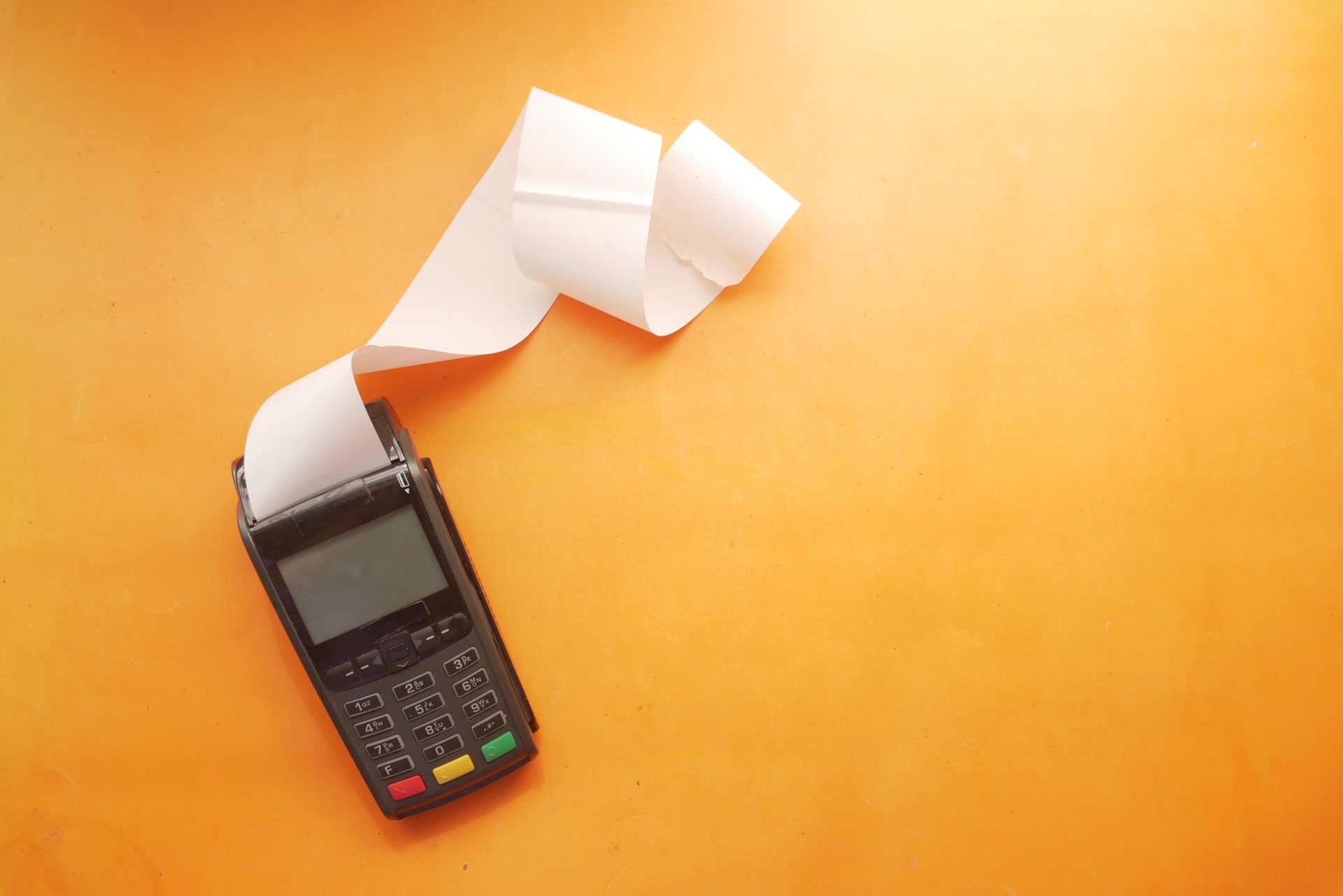Did you know U.S businesses have $825 billion in unpaid invoices?
When invoices remain outstanding for 30, 60, 90 days or longer, that can hurt your business’s cash flow and potentially result in mounting bills and difficulty in meeting your expenses. If you have unpaid invoices on the books, here are six tips to help you get the money owed to you.
1. Identify Overdue Invoices
Chasing down customers to pay their unpaid invoices is a forever trap. That’s why it’s essential to set clear terms for all initial business contracts, whether payment on receipt or cash on delivery. Clearly communicating payment deadlines helps protect both parties and draws a definitive line in the sand that helps to establish expectations moving forward.
2. Send an Email Reminder
Another way to try to resolve unpaid invoices is to send a friendly email reminder to the customer. The reminder should include:
- The invoice amount.
- The date payment was due.
- The consequences of not paying the invoice.
Instead of threatening to take legal action or report the customer to a credit agency, a gentle nudge might be a more effective way to encourage customers to pay their invoices.
3. Issue an Overdue Invoice
This lets customers know you’re serious about getting paid and can be a powerful motivator for clients to pay their outstanding bills. Like with debt collectors, a constant barrage of reminders can feel overwhelming; however, a few judiciously placed reminders can go a long way towards receiving the money that’s owed to you.
4. Allow Partial Payment
Allowing clients to pay even a tiny portion of what they owe can improve your chances of getting clients to pay.
And let’s face it – This is a better alternative than receiving nothing. Negotiating with your client on an agreed-upon sum and allowing partial payments so clients can pay back their debt in full over a specific period could be a win-win solution.
5. Implement a Late Fee
Penalizing customers with a late fee may incentivize customers to pay up. The late fee can be a percentage of the invoice total, a set amount, or anything else that the business decides. Implementing a late fee can help encourage clients to pay on time and can also be used to offset the cost of collections activity.
6. Make a Call
So you’ve attempted a few tactics on the list; you sent an email reminder and issued the client an overdue invoice – what now? Call them. When it comes to collecting unpaid invoices, it’s all about persistence. Speaking to the client offers a personal touch, and being able to level with them as a business owner may be all a customer needs to realize how non-payments might affect your business.
7. Cease All Work
Although this one is obvious, we felt it was necessary to include it on our list. Not only is continuing to perform work for a client who refuses to pay an unsustainable business model, but it sends the message that it’s acceptable when clients don’t pay, which sets a precedent for future work. Do yourself a favor; cease work as soon as a customer starts regularly missing payments.
8. Send a Certified Letter
Before deciding to take legal action, you may consider sending a certified letter, a formal way of requesting payment. Requiring a signature from the recipient can demonstrate they received the letter and were aware of its contents.
Get fast access to extra capital for your business whenever you need it.
The average small business has $84k in unpaid invoices. This poses challenges for small businesses, as they cripple cash flow and limit resources. Fortunately, there are plenty of financial options to help you manage business expenses and remain operational as you wait for customer payment. Don’t let unpaid invoices damage your bottom line. With invoice factoring, you can instantly access fast capital whenever needed. Contact Proto Financial today to learn more about our lending options.

